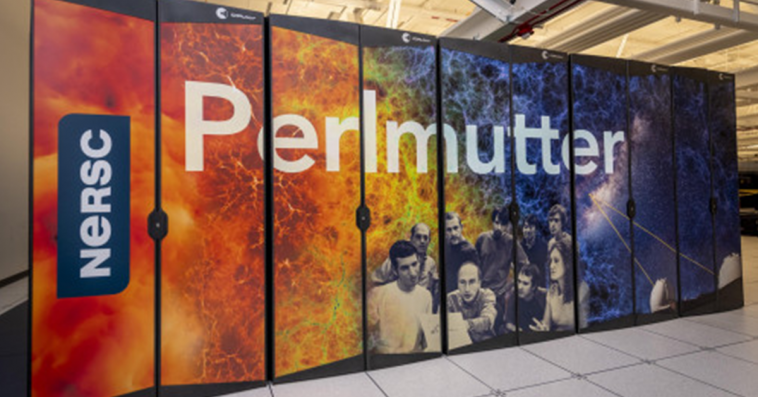The Department of Energy’s National Energy Research Scientific Computing Center at Lawrence Berkeley National Laboratory in California has launched the initial phase of a new supercomputer, dubbed Perlmutter, designed to support U.S. scientific research and discoveries in areas such as artificial intelligence, data science, climate change, semiconductors, clean energy technologies and advanced computing.
Perlmutter is based on Hewlett Packard Enterprise’s Cray EX supercomputer and its first phase comes with over 1,500 graphic processing unit-accelerated nodes that feature NVIDIA’s A100 Tensor Core GPUs and AMD’s EPYC ‘Milan’ CPU processors, NERSC said Thursday.
Phase 2 of the new high-performance computing platform, which has a heterogenous architecture, is set to be unveiled in late 2021 and will include over 3,000 CPU-only nodes that come with 512 gigabyte of memory per node and AMD EPYC ‘Milan’ processors.
The supercomputer was named after Saul Perlmutter, an astrophysicist at the Berkeley Lab and a 2011 Nobel Laureate in Physics.
“Perlmutter will provide considerably more computing power than our current supercomputer, Cori and will introduce several key technologies that will be used in exascale systems in the coming years,” said NERSC Director Sudip Dosanjh.
“It will enable a larger range of applications than previous NERSC systems and is the first NERSC supercomputer designed from the very beginning to meet the needs of both simulation and data analysis,” Dosanjh added.
NERSC is a user facility of the department’s office of science and serves as the HPC center for scientific research.





